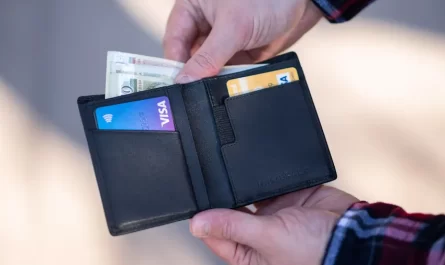Small Tools on Flights: What You Can Pack in Carry-On
Traveling with tools can be necessary for many professionals and DIY enthusiasts. However, navigating airport security with such items requires careful attention to what is and isn’t permitted in carry-on luggage. Ensuring a smooth airport experience means understanding the specific guidelines set by the TSA. Small tools like screwdrivers, wrenches, and pliers are allowed in your carry-on as long as they are seven inches or shorter. Nail clippers, pill cutters, bottle openers, and small scissors with blades measuring four inches or less from the pivot point are also permitted. It’s essential to securely wrap any sharp tools to prevent injury, while larger tools must be packed in checked baggage. Tools exceeding seven inches, such as large screwdrivers, saws, or hammers, should never be in carry-on bags. For a seamless travel experience, double-check TSA regulations before packing, and keep your tools organized in a tool roll or pouch. By following these guidelines, you can carry your essential tools without hassle, ensuring they are easily accessible and preventing any issues at airport security.
Allowed Small Tools
1. Screwdrivers, Wrenches, and Pliers: You can bring small tools like screwdrivers, wrenches, and pliers in your carry-on bag as long as they are seven inches or less in length. These tools are handy for minor repairs and adjustments during your travels.
2. Nail Clippers and Pill Cutters: Nail clippers and pill cutters are allowed in carry-on luggage. These small, personal care items are typically under the size limits and are useful for maintaining your grooming routine on the go.
3. Bottle Openers: Bottle openers are also permitted in your carry-on. Whether you’re a frequent traveler or just heading out for a vacation, having a bottle opener can be convenient for opening beverages.
4. Small Scissors: Scissors with blades measuring four inches or less from the pivot point are allowed. These can be useful for various tasks, from trimming loose threads to cutting bandages.
Restrictions and Recommendations
While the TSA allows certain tools in your carry-on, there are restrictions for others:
1. Sharp Tools: Any sharp tools that you intend to carry should be securely wrapped to prevent injury. However, larger or sharper tools should be packed in checked baggage to comply with TSA regulations.
2. Larger Tools: Tools longer than seven inches, such as larger screwdrivers, saws, or hammers, are not permitted in carry-on luggage. These must be checked in to avoid confiscation at the security checkpoint.
Packing Tips
1. Secure Wrapping: Ensure that any sharp edges are covered and that tools are packed securely to avoid any accidental injuries or damage to your other belongings.
2. Checking Regulations: Always double-check the TSA guidelines before you pack. Regulations can change, and it’s best to be prepared to avoid any surprises at the airport.
3. Organize Your Tools: Keep your tools organized and easily accessible. Consider using a tool roll or small pouch to keep everything together and prevent items from shifting during transit.
By following these guidelines, you can ensure that your travel experience with tools is hassle-free. Knowing what you can bring in your carry-on will help you breeze through security and keep your essential tools within reach during your flight. Safe travels!
Baggage RulesAll about Carry-On Luggage and Travel
Carry-On Size Rules: A Close Look at Luggage Sizes
Flying with Tools: What’s Permitted in Your Carry-On?
Can I have a carryon and a backpack and a purse?
TSA Carry-On Size: Understanding Size Limits and Restrictions
Going through airport security with food
Why are lithium batteries dangerous on planes?
To pack or not to pack? Lithium ion batteries on planes



